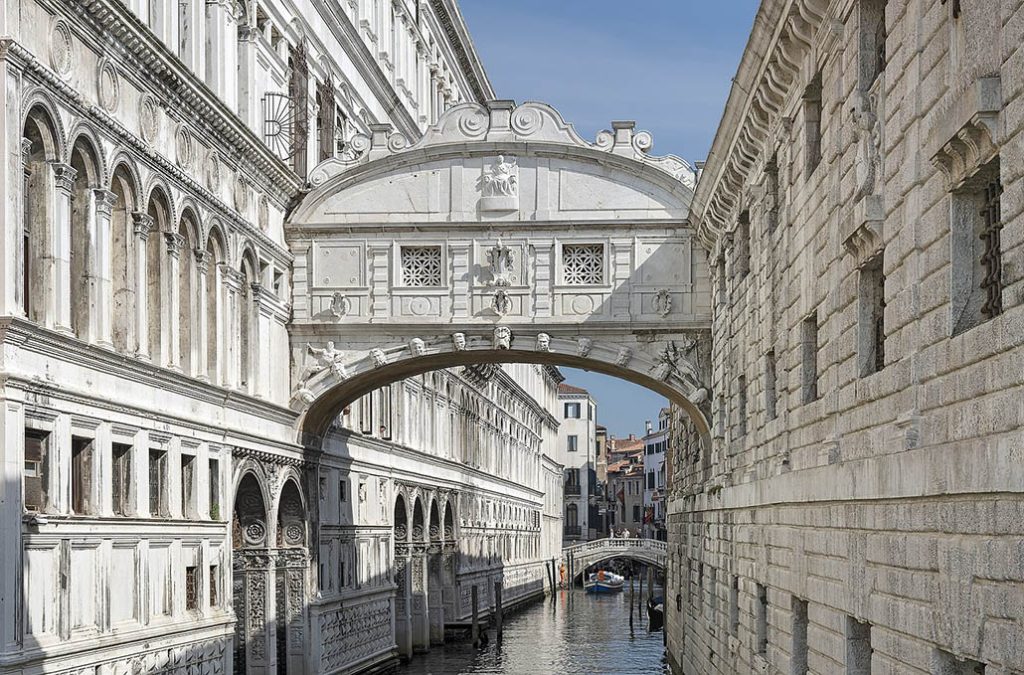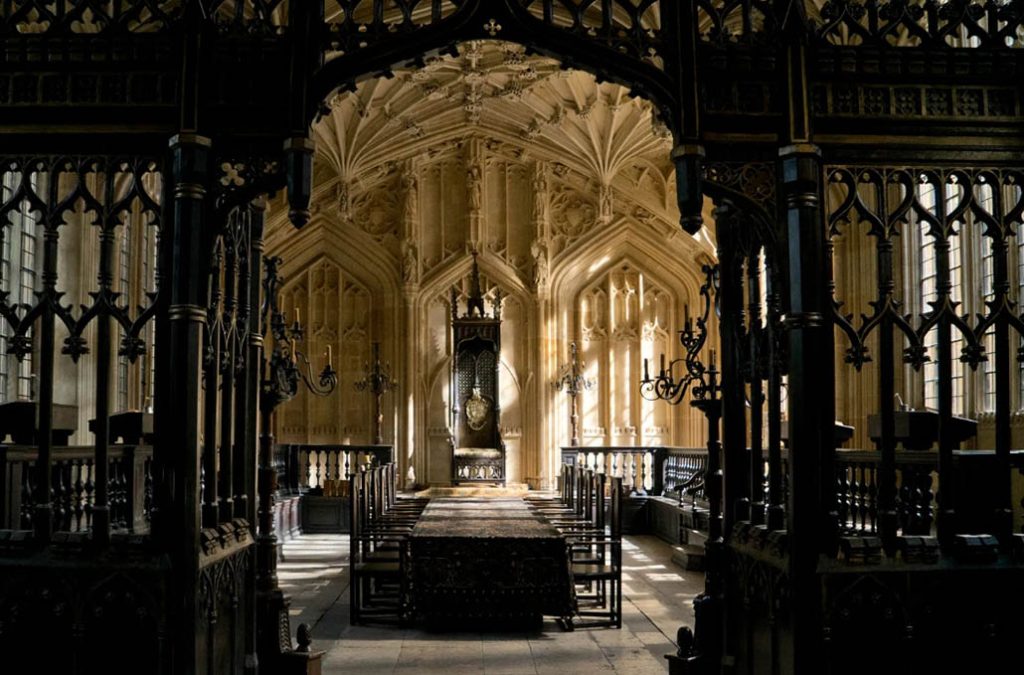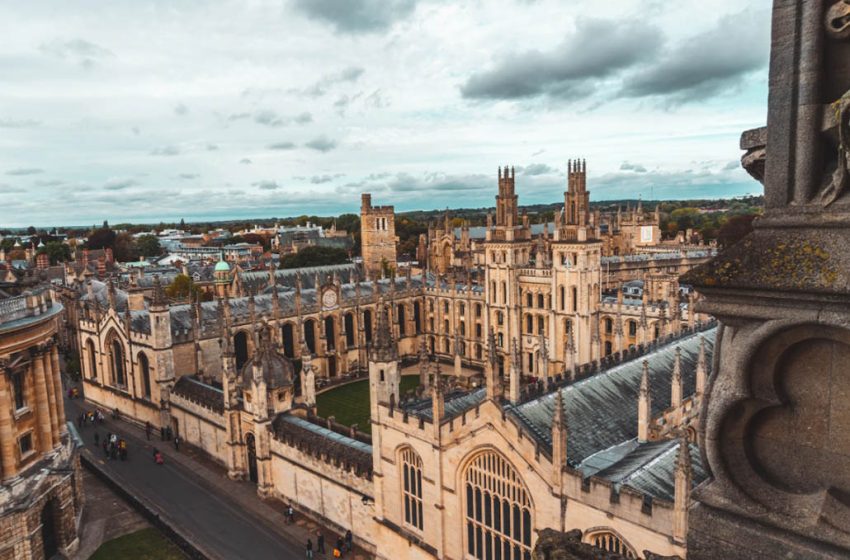Embarking on a sojourn through the venerable corridors and squares of Oxford University is akin to traversing a living tapestry of history. The architectural masterpieces that grace this esteemed institution beckon with tales of erudition, resilience, and the ceaseless pursuit of knowledge.
Radcliffe Camera – A Sanctuary of Knowledge
Location: Radcliffe Square, Oxford OX1 4AJ, United Kingdom
Embarking on an intellectual pilgrimage, my sojourn commenced at the iconic Radcliffe Camera, a neoclassical jewel nestled in the vibrant tapestry of Oxford. The sheer magnificence of this architectural marvel, resonating with centuries of intellectual endeavors, was awe-inspiring. As I crossed the threshold into the sanctum of the Bodleian Library, I felt a palpable sense of stepping into the heart of knowledge.
The neoclassical façade of Radcliffe Camera, proudly asserting itself in the bustling Radcliffe Square, spoke of a legacy steeped in intellectual prowess. The resonance of scholarly pursuit was omnipresent, inviting visitors to delve into the profound depths of human understanding. The library’s exterior, with its meticulous symmetry and domed elegance, hinted at the treasures concealed within.
Entering the Bodleian Library, the serene ambiance of the reading rooms enveloped me. Bathed in the soft glow of natural light filtering through the expansive windows, the atmosphere exuded a timeless tranquility. The subtle hum of scholarly activity, punctuated by the occasional whisper, created a harmonious symphony within the hallowed halls.
The librarians, custodians of this citadel of knowledge, were more than guides—they were conduits to the literary treasures housed within the library’s shelves. Their expertise became apparent as they navigated the labyrinth of manuscripts, offering insights into the historical significance of each work. Navigating the expansive collection felt like embarking on a literary adventure, guided by individuals passionate about preserving and sharing the wealth of human thought.
The seamless service provided by the library staff elevated the entire experience. Whether assisting in accessing specific collections or recommending hidden gems, their commitment to facilitating a rewarding exploration of the library was commendable. Their dedication transformed the visit into a collaborative journey through the annals of human wisdom.
In the heart of Radcliffe Camera, I found not just a structure but a living testament to the intellectual legacy of Oxford. The library, with its harmonious blend of architectural grandeur and scholarly ambiance, proved to be a haven for those seeking to engage with the written word. Radcliffe Camera stands as a beacon, inviting all who enter to partake in the timeless pursuit of knowledge—a literary sanctuary in the heart of Oxford’s historic landscape.
Pros:
- Neoclassical magnificence
- Tranquil reading environment
- Supportive library staff
Cons:
- Restricted access to certain areas
- Advance booking required for specific collections
Radcliffe Camera stands centrally, easily accessible through a leisurely stroll from Oxford’s historic heart.
The Bodleian Library’s official website offers a user-friendly platform for booking specific areas and collections.
Radcliffe Camera, with its architectural grandeur and scholarly ambiance, stands as a testament to Oxford’s intellectual legacy.
The Bridge of Sighs – Venetian Romance in Oxford
Location: Hertford Bridge, New College Ln, Oxford OX1 3BW, United Kingdom

Crossing the enchanting Bridge of Sighs, I marveled at the Oxfordian interpretation of Venetian allure. This picturesque bridge, connecting parts of Hertford College, offered a romantic stroll with panoramic views. The intricate detailing and the surrounding college grounds provided a delightful visual feast.
Pros:
- Venetian-inspired architecture
- Romantic and picturesque setting
- Accessible for visitors
Cons:
- Crowded during peak hours
- Limited interior access
Hertford Bridge is conveniently located near Oxford’s heart, easily reachable from various landmarks.
The Bridge of Sighs serves as a charming escape to Venetian romance, adding a touch of whimsy to Oxford’s architectural landscape.
The Sheldonian Theatre – Classical Elegance
Location: Broad St, Oxford OX1 3AZ, United Kingdom
The journey continued to The Sheldonian Theatre, a classical masterpiece designed by Sir Christopher Wren. Attending a lecture within its elliptical walls, I marveled at the architectural precision. The venue’s staff, with their efficiency, ensured a seamless blend of academic and aesthetic experiences.
Pros:
- Classical architectural brilliance
- Functional venue for events
- Attentive and courteous staff
Cons:
- Limited public access during events
- Event schedule impacts visitation
Situated on Broad Street, The Sheldonian Theatre is centrally located, allowing easy access on foot or by public transport.
Event bookings can be made through the official website or Oxford University’s events portal.
The Sheldonian Theatre not only stands as a symbol of classical elegance but also serves as a dynamic space for intellectual pursuits.
Recommended Architectural Gems:
The Divinity School – Gothic Grandeur
Location: Bodleian Library, Broad St, Oxford OX1 3BG, United Kingdom

The Divinity School, nestled within the Bodleian Library, beckons with its Gothic splendor. The vaulted ceiling and medieval lecture hall offer a journey into Oxford’s intellectual past. Open to the public for guided tours, this architectural gem showcases a harmonious blend of history and aesthetics.
Pros:
- Gothic architectural brilliance
- Historical significance
- Guided tours available
Cons:
- Guided tours may require advance booking
The Divinity School is centrally located within the Bodleian Library complex, easily accessible to visitors.
Guided tours can be booked through the official Bodleian Library website.
The Divinity School encapsulates Oxford’s Gothic legacy, inviting visitors to witness its architectural magnificence and storied past.
Magdalen College – Riverside Serenity
Location: Magdalen College, High St, Oxford OX1 4AU, United Kingdom
Magdalen College, with its serene gardens and medieval architecture, unfolds along the River Cherwell. The Magdalen Tower stands tall, offering panoramic views. The college grounds, open to the public during specified hours, provide a tranquil escape within Oxford’s bustling city.
Pros:
- Picturesque college gardens
- Riverside views
- Accessible public paths
Cons:
- Limited interior access
- Check college opening hours
Magdalen College is situated along the High Street, with identifiable entrances and open grounds during specified hours.
Magdalen College, with its riverside serenity, offers a retreat into nature within the heart of Oxford.
All Souls College – Baroque Elegance
Location: High St, Oxford OX1 4AL, United Kingdom
All Souls College, an epitome of Baroque architecture, showcases its splendor along the High Street. While interior access may be restricted, the external facade and Codrington Library’s impressive frontage are captivating. The College’s association with academic excellence adds layers of significance to its architectural allure.
Pros:
- Baroque architectural features
- Historical significance
- Exterior appreciation
Cons:
- Limited interior access
All Souls College is situated along the High Street, allowing for a leisurely appreciation of its external beauty.
All Souls College offers a glimpse into the grandeur of Baroque architecture, inviting visitors to appreciate its exterior magnificence and storied history.
Christ Church Cathedral – Spiritual Grandiosity
Location: St Aldate’s, Oxford OX1 1DP, United Kingdom
Christ Church Cathedral, part of Christ Church College, boasts a fusion of Gothic and Romanesque architecture. The impressive nave, stained glass windows, and the Tom Tower contribute to its ecclesiastical grandiosity. Visitors can explore the cathedral and attend choral events, offering a blend of spiritual and architectural experiences.
Pros:
- Gothic and Romanesque architectural elements
- Musical and choral events
- Guided tours available Cons:
- Check for closures during services
- Guided tours may require advance booking
Christ Church Cathedral is centrally located near St Aldate’s, with entrance through Tom Gate.
Information on guided tours and events can be found on the official Christ Church website.
Traversing the halls and courtyards of Oxford University’s campus is akin to navigating a labyrinth of intellectual and architectural brilliance. The structures, spanning various epochs and styles, not only narrate the history of academia but also stand as guardians of human intellectual pursuits. Each site visited, from the scholarly sanctuary of Radcliffe Camera to the romantic allure of the Bridge of Sighs and the classical elegance of The Sheldonian Theatre, left an indelible imprint on my understanding of Oxford’s architectural legacy.
The services at these sites, driven by a commitment to preserving Oxford’s cultural heritage, were commendable. Whether guided by librarians, event organizers, or college staff, the commitment to enriching the visitor’s experience was palpable. The occasional constraints, such as limited access to certain areas and the necessity for advance bookings, were overshadowed by the grandeur of the overall architectural odyssey.
The geographical proximity of these architectural marvels allowed for a seamless exploration, often on foot, through Oxford’s enchanting streets. The opportunity to delve into recommended sites further broadened my appreciation for Oxford’s architectural diversity. The Gothic brilliance of The Divinity School, the tranquil beauty of Magdalen College, the Baroque splendors of All Souls College, and the ecclesiastical grandiosity of Christ Church Cathedral collectively painted a nuanced portrait of Oxford’s architectural identity.
Oxford University’s campus is a living museum, a testament to the evolution of architectural aesthetics and the pursuit of knowledge. The interplay of history, scholarship, and aesthetics creates an environment that invites visitors to not only witness but immerse themselves in the legacy of one of the world’s most esteemed academic institutions. The architectural wonders of Oxford are not mere structures; they are guardians of centuries of intellectual pursuits, extending an open invitation to all who tread upon its stones to become a part of this rich tapestry of human achievement.

